Too much water hits farming hard, Rich County cattle evacuated as Bear River rises
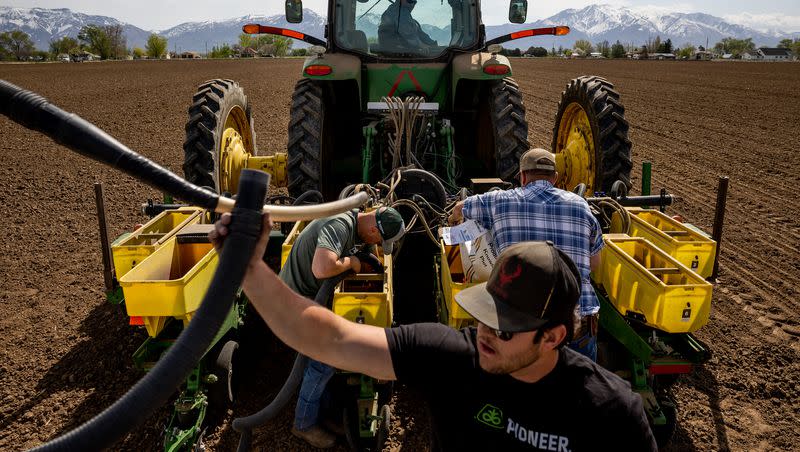
Ron Gibson has 500 acres along the Weber River in northern Utah and this year’s unprecedented snowfall and rain meant getting less than two-thirds of his fields planted for onions.
An acre of onions is an $800 investment and he can’t afford to lose that. He’s trying to stick to higher ground, but even that is saturated and not ideal for planting.
“We are going to have a lot of ground where we will be lucky if we get any crop in this year,” he said. “It really depends on how this runoff comes off. Right now, it is pretty scary.”
It’s like a boxing match with the weather. Gibson said last November was horrible for dryness.
Related
“We were just in a desperate state as far as water and we knew if we didn’t have a good winter, ...” Gibson said, his voice trailing off. “And now, with this record we’ve had with snow, we needed it.”
Just maybe not so much.
After being knocked down by the drought, farmers and ranchers are getting pounded this spring and some fear the runoff and subsequent flooding will deliver the knockout punch. Gibson needs to get his hay and corn planted but is waging a fight with muddy fields.
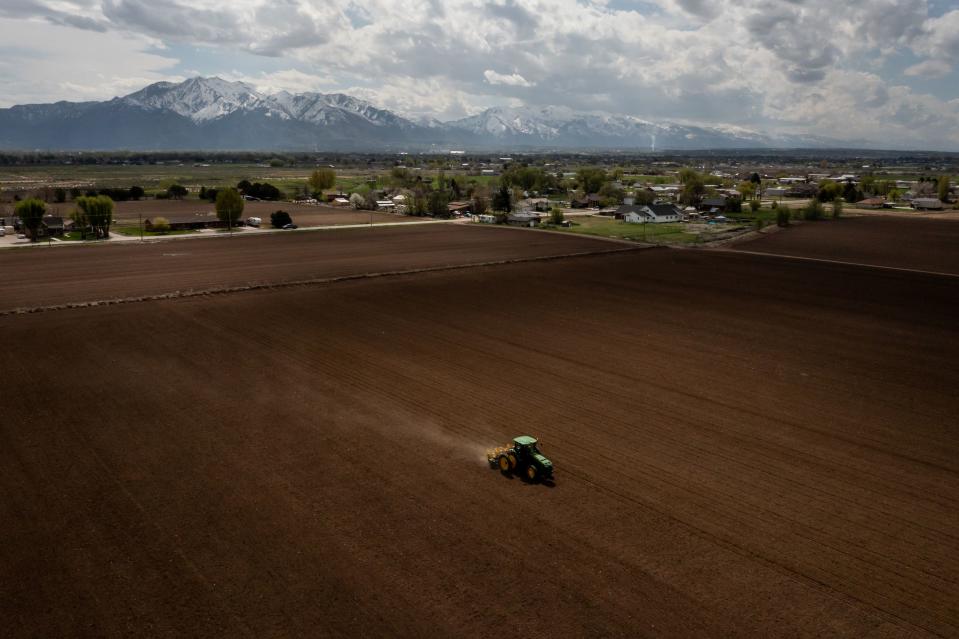
Pain to go around
Gibson, president of the Utah Farm Bureau, said the problem is happening throughout the state, with delayed planting, no planting and calves dying off due to cold temperatures and a March that saw 250% of normal precipitation.
“There’s been very few people who have planted,” said Chris Chambers, president of Cache Valley’s Utah Farm Bureau. Those who have planted have only done so in the past few days after a dry spell, Chambers said.
“We have to keep telling ourselves we prayed for all this moisture.”
Related
Pray for rain: Utah Gov. Spencer Cox says ‘divine intervention’ is needed amid dire drought
What happened after a governor asked his state to pray for rain
Chambers said he thinks he will get his crops planted — eventually — but many in his area will be lucky to get in one crop this season.
“I tell people it’s going to flood, it’s just a matter of how bad. This warming and cooling is actually kind of ideal but it stinks for getting crops in the field. I am going to have some hay that gets killed because water is standing on it. But it is what it is.”
⚠️River flooding update: Most waterways continue to flow high, fast, and cold. However, there are now only two rivers in the forecast area remaining above flood stage: the Sevier River at Hatch and the South Fork of the Ogden River near Huntsville. #utwx pic.twitter.com/1NJ7UpKfWC
— NWS Salt Lake City (@NWSSaltLakeCity) May 4, 2023
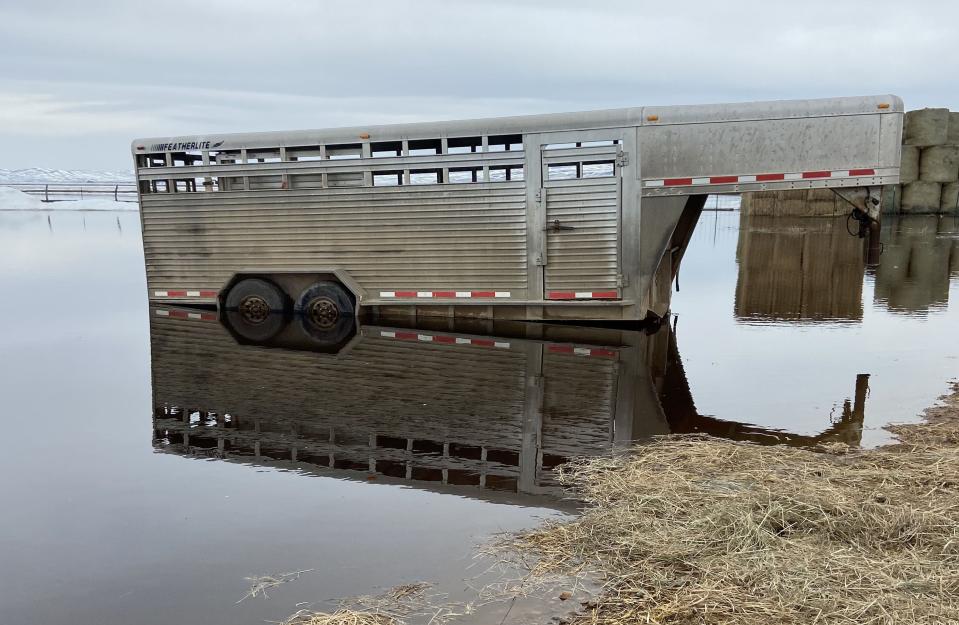
Dead calves, hay shortages and evacuated cattle
On Thursday, the Utah Department of Agriculture and Food announced it was helping ranchers impacted by extreme flooding along the Bear River.
“After many difficult years of drought and an extremely hard winter, these ranchers are now experiencing some of the worst flooding ever seen in Rich County,” said Commissioner Craig Buttars. “Our department is working to do everything we can to help these ranchers and set up resources for others who may experience hardships due to flooding.”
Related
The agency estimates 20 to 30 ranches along the Bear River have been impacted by flooding, resulting in the evacuation of cattle to avoid the rising waters.
The ranchers are expected to incur additional feed costs of $18,000 to $25,000 per ranch and transportation costs of $2,500 to $5,000 to relocate cattle, according to the agency. Additional costs stem from having to divert water and create high ground for cattle to stand on. Buttars said some cattle have already been lost, but the exact number has not been determined.
Brandon Hatch said ranching and farming in Rich County have been hit particularly hard this year.
Normally branding has taken place, cows are turned out to ranges and and not penned up waiting for the snow to melt.
“It’s just been stressful for everybody and the death loss, it’s been awful,” said the fifth-generation rancher in Randolph.
Hatch said ranchers lost a tremendous number of calves this calving season due to the extreme temperatures and many of the young animals that did not die suffered from frozen joints and ears.
“Sickness has been bad.”
Hatch, president of the Rich County Farm Bureau, said storms are a normal part of calving season, but not like what they’ve been experiencing this year.
“Usually you wake up to snow and it is gone the next day,” he said. “But right when we started calving, it just never went away.”
The delay in range availability means ranchers have not been able to turn out their cows, keeping them in pens to feed on hay and putting it in incredibly short supply and driving up the price of the feed stock.
“Because of the drought, and this long winter, the hay stocks are pretty well gone and there are a lot of questions on how to buy hay. I know some ranchers have talked about selling their cows.”
What cows have not been sold or killed will fetch a high price later this year, with those prices hitting consumers’ wallets in the long run.
“It’s just put a hit on a valley that is in a lot of distress,” Hatch said.
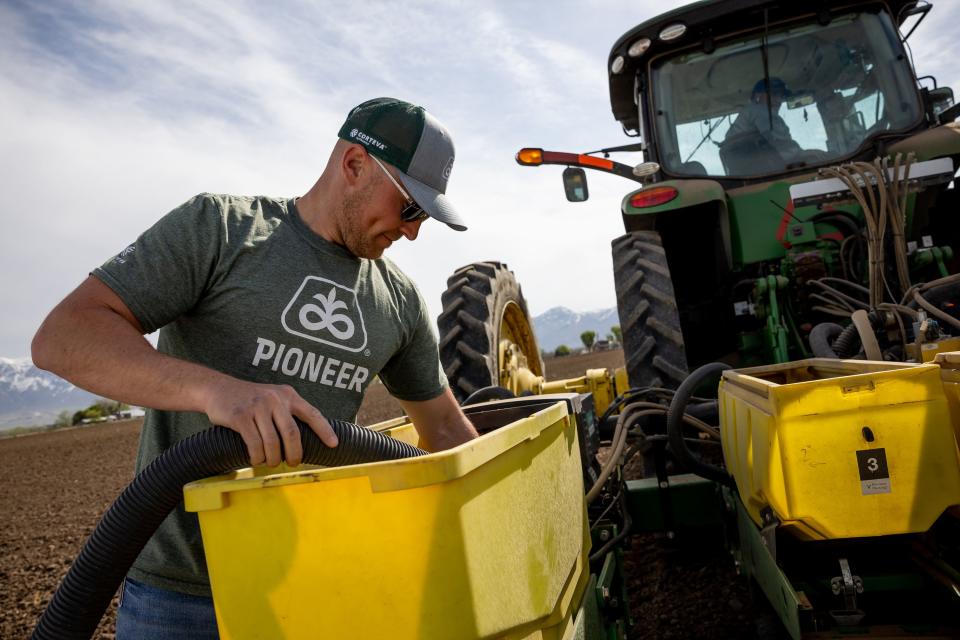
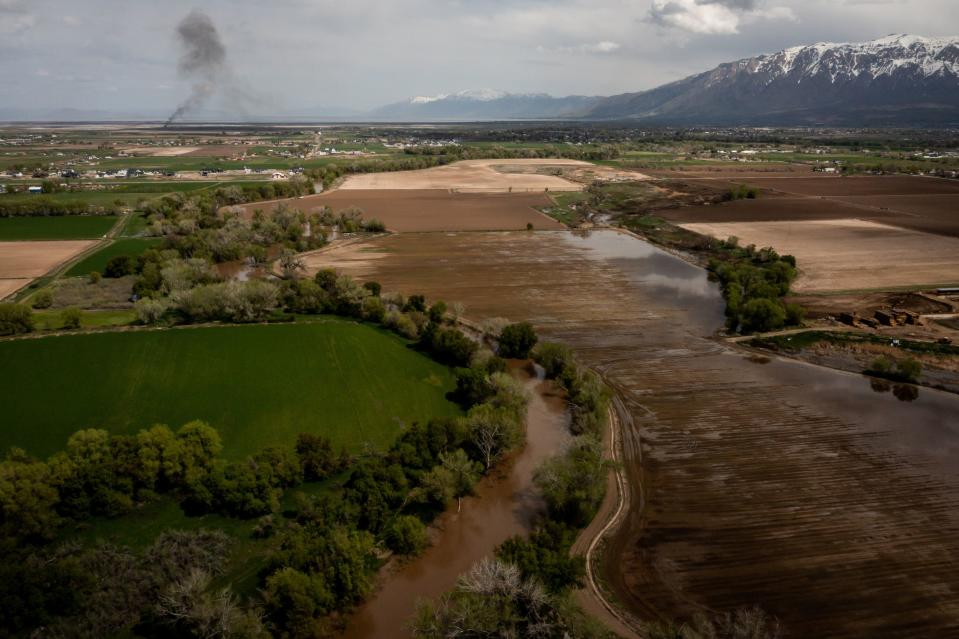
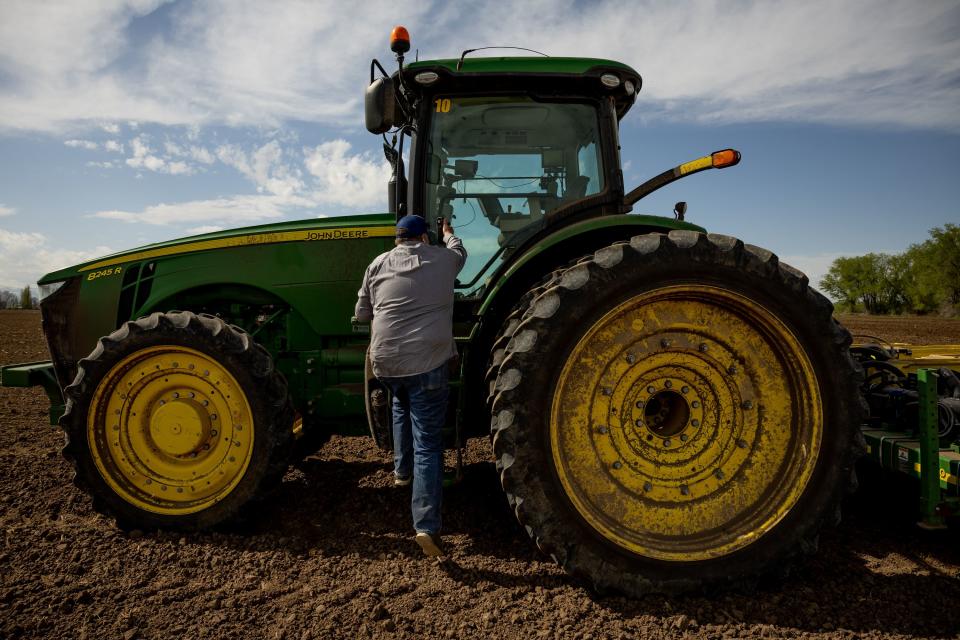
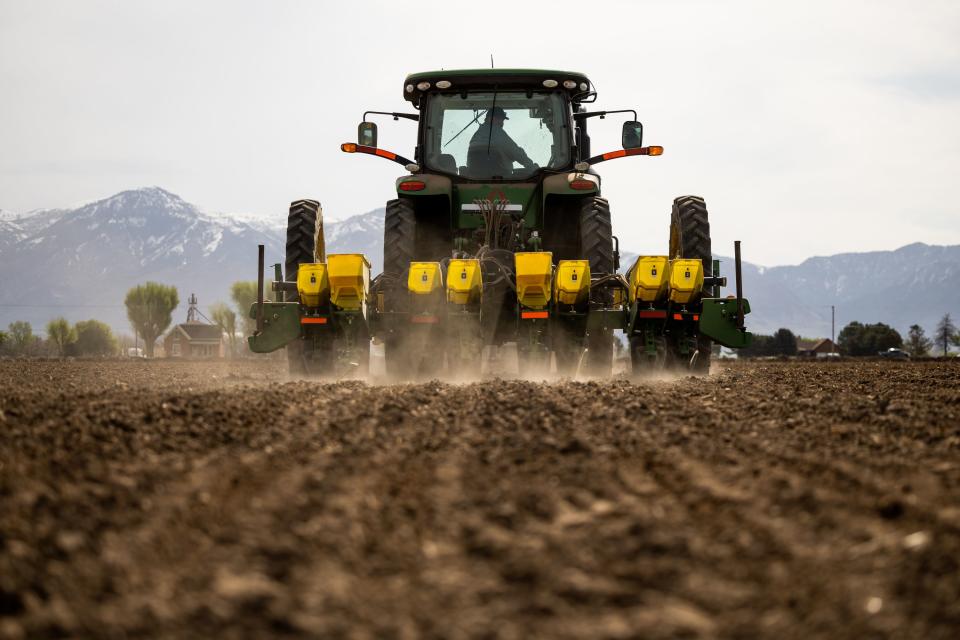
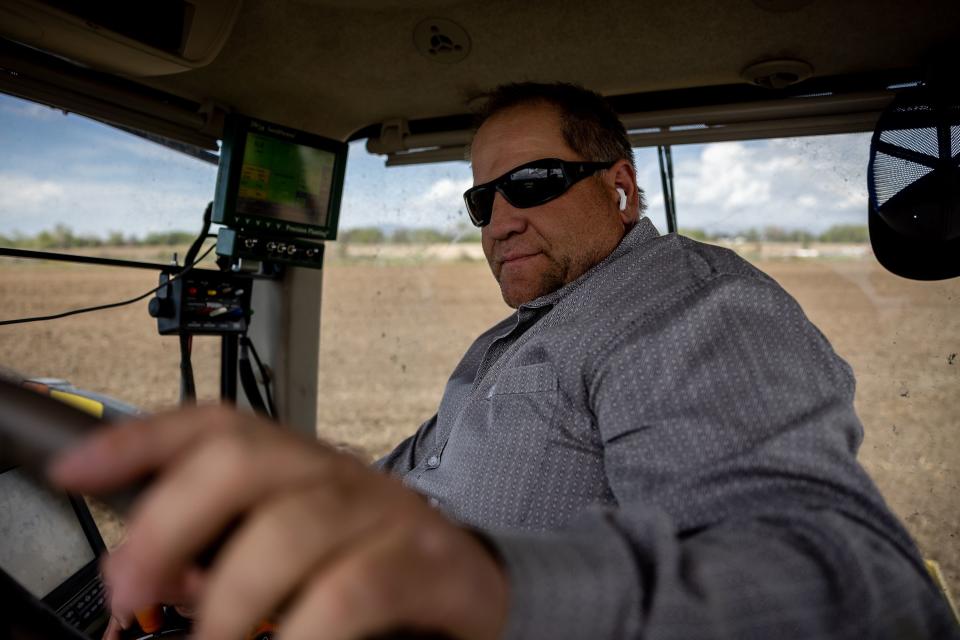
More to come
And as the weather warms, the snowmelt and resulting runoff will just move more rapidly and more intensely.
The latest Water Supply Outlook released Thursday by the Natural Resources Conservation Service’s Utah Snow Survey said 39 runoff sites are forecast to produce greater than 200% of average flow, with three sites forecast at three times their normal runoff.
The agency said the snowmelt runoff may break previous records for April through July flow volume. There is a greater than 50% chance that the previous runoff records will be broken at the Little Bear River at Paradise, Little Cottonwood Creek near Salt Lake City and Big Cottonwood Creek near Salt Lake City forecast locations.

